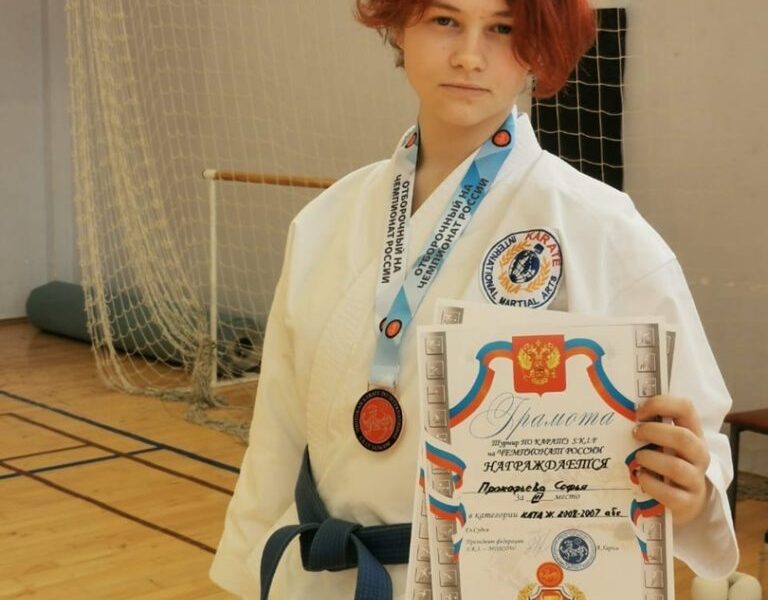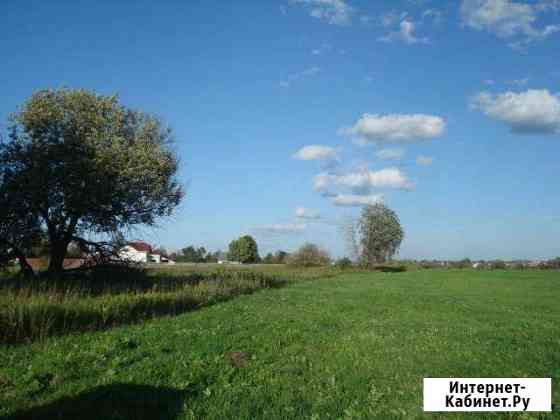The team from Croatia in the Russian Hockey League this fact could not help but attract the attention of the author of this blog, following the process of Russian-Corvian relations (and notes the moments
Team from Croatia in the Russian Hockey League
This fact could not fail to attract the attention of the author of this blog, following the process of Russian-Corvian relations (and notes the moments of rapprochement of countries). The purpose of this article is to highlight various aspects – mainly sports – accompanying this event. However, we make a reservation that sports in this matter should be considered in a wide context. You need to understand that we are talking not only about the competition of two teams as such. Sports are also a business product, whose leaders set themselves the goal of making it recognizable, self-sufficient and profitable. The development of the hockey league (and teams as part of it) means the creation of a special infrastructure (private – a complex of sports arenas and hockey merchandising and common – hotels, transport, etc.), several hundred jobs, this is the possibility of attracting sponsors and promoting products already attracted structures. The arrival of large hockey means increasing the tourism potential of the country under consideration, the possibility of creating a positive image for the sowing side. Thus, cooperation in the field of large sports, already associated with great money, becomes a very high -quality basis for development, of course, in case of success of further relationships. Is it worth reminding that it is sport and hockey that are elements that largely form the positive side of the image of Russia in the world.
Transportal development
In the 1990s and the first half of the 2000s, Medveshchak was cooked in the juice of the Croatian national championship, winning most titles. The lack of competition was directly interconnected with the inability to achieve progress in the level of game and financial stability. In attempts to break the vicious circle in 2007, the team joined the Slovenia championship, where in one of the seasons she took second place. Since 2009, Medveshchak participated in the Central European League organized by the Austrian banking group Erste. This league is essentially an open championship of Austria, but with the participation of teams from other lands of the former empire of the Habsburgs – the Czech Republic, Hungary, Slovenia and Croatia. Here, the “bears” also had some successes (access to the semifinals of the playoffs), but in general, the level of their results was very average. Despite this, it was decided to take another big and bold step – to enter the KHL higher in terms of the level of game.

The difficult situation of the 1990s was also reflected in Russian hockey, which resulted in a decline in sports results (15 years without victories at the adult world championship), confusion in the leadership (murder of the Russian President of the Russian Federation in 1997).In the early 2000s, modern areas and stars of the first magnitude began to gradually appear in Russia (such as the Czech Yaromir Yagr). The season of 2004-05 was important when, due to the locout in the overseas NHL, many stars of the first magnitude came to Russia, which several years ago seemed unthinkable for either the players themselves or for Russian hockey fans. The consequence was the return of sports victories, the formation of a whole group of teams (mainly from the Russian province), firmly standing on their feet and setting their targets and, as a result, reformatting in the 2008-09 season of the Russian championship in an open hockey league with the participation of teams from the post-Soviet space ( Belarus, Latvia, Kazakhstan, subsequently Ukraine).
As the league develops, questions arose regarding its expansion. At the very beginning, the probability of creating a kind of single European league was voiced, which implied the unification of the best teams of Finland, Sweden, the Czech Republic, Slovakia, Germany and Switzerland. However, over time, questions of purely practical properties arose. There was a problem of distances, closely related to the choice of the championship formula. The creation of a single league meant the destruction of the already established structure of individual national championships, which caused discontent in Europe. Questions arose in Russia, since enlargement means the difficulties of reviving hockey in cities such as Voskresensk, Togliatti, Perm, which, being traditional hockey centers, are currently not able to support the KHL team due to infrastructure and financial problems.
Thus, the unification is the result, firstly, of progressive development for both parties and mutual satisfaction of needs (for the league-expansion to the West, for Croats-new game and financial capabilities). Secondly, there are difficulties associated with the collapse of the prevailing hockey structures of the strongest European championships. We can say that “bears” played in the KHL was intended by fate, especially since the club (KHL Medveščak Zagreb) is allegorical, but the abbreviation of the new league is encrypted as “Klub Hokeja Na Ledu”, that is, “Club“ Club ” Hockey on ice ”;).
Popularity
Hockey is not an unpopular and uninteresting sport for Croatia. This was already recalled by the famous Soviet hockey player Vyacheslav Anisin, who played in the team from Zagreb in the late 1980s (like another famous hockey player Viktor Krutov, which resembles the official website of the Medveshchak. In a commentary, this official website of the KHL, Anisin remembered, remembered, Anisin. That the hockey team used the same privileges as the main pride of Croatian sports is the Dynamo football club. It was well financed, it was supported by local pop stars, and the stadium was full of each game.
In this regard, a little has changed.Hockey is popular: matches are shown on television, and the best players fall on the covers of famous glossy magazines. Last season, Medveshchak is a team from the 30th hockey power of the world- She entered the TOP-20 of the most visited teams in Europe, overtaking most Russian KHL teams in this indicator. The average number of 7800 spectators almost always means a full house in the old arena of the club (6400 seats) and at least half of the filled seats in the 15,000th “Zagreb arena”, where the team should move after joining the KHL. The main thing: these figures are much higher than the current average attendance of the Russian league (5800-6200 spectators), and This must become an incentive for PR departments of some clubs.
Infrastructure and prospects
Attendance was said above. It is worth adding that the main arena of the club will most likely be the 15,000th modern “Zagreb Arena” (opened in 2008). With such a modern and spacious platform, the club from Zagreb will be among the leaders of the League in the person of Riga, Minsk and St. Petersburg, will surpass the city where the strongest KHL teams are located. The official website of the club looks modern. You can not worry about the broadcast – the quality of broadcasting even from the old stadium is quite comparable with the level of the “picture” obtained from the provincial Russian cities. As a result, it is fair to admit that now the “bears” have more than many KHL teams. For Croatia, this is the opportunity to raise the level of game, create a successful business project (impossible in central Europe that is not progressing in sports terms). For the League, this is an opportunity to create a unique geography (from Zagreb to Vladivostok), to promote their own products for the new audience (the population of Croatia is about 4.3 million people), as well as showing themselves to the world, holding matches on the ruins of the ancient Roman amphitheater in the resort city of Pula.
Links to the video of the match in the amphitheater of the pool:
Compliance with the game level
In the days of Yugoslavia, the rag, along with the partisan from Belgrade and the teams of Slovenia, was one of the pillars of a pretty decent league. The national team of Yugoslavia in the best of times played against the USSR in the decisive stage of the world championships and the Olympic Games. Currently, the Croatian team balances between the second and third echelons of world hockey. In this regard, the question arises of how the team will be equipped, whether it can correspond to the KHL level.
The club’s leadership has already proclaimed that the team’s foundation will be the players of Croatian descent from North America, and the matches will be held on a reduced “Canadian” box. It is interesting. The fact is that the United States and Canada since the beginning of the 20th century have been traditional centers of Croatian migration. For example, the holder of the Stanley Cup and the US national team player of the late 1990s-early 2000s Joe Sakik (Croat Sacich) is a descendant of immigrants from the southern Croatian regions of the face and Dalmatia. This decision is also absolutely mutually beneficial. The league will make extensions in the field of legionnaires and the size of the site in order to tighten the command level. There is an incentive for North American players of Croatian origin: to fight for high places, playing for the “second homeland” in the best European Championship more promising than to play in the lower American leagues. The situation fits into the general context of the state policy of Croatia, since the beginning of the 1990s aimed at returning to their homeland representatives of migration. In the next few years, the hockey team will probably receive the status of a “national project”, similar to the fact that they have the main teams of the country (both clubs and national teams) in other gaming sports.
Potential difficulties
It is unlikely that financially the Croatian club is a “soap bubble”. The team, with the complete absence of visible sports incentives, survived in the 1990s, and in the 2000s gained a good foundation for development. The problem may be a situation when an euphoria associated with the entry into the KHL passes and the first will appear – most likely low – sports results. But this is not critical. For example, in the history of the North American NHL there are many examples when the teams created in the new city from scratch, in the early years, performed fail, but then pulled to the middle level. (for example, Ottawa Senators in the early 1990s or Atlanta Tracheers of the late 1990s).
The question from the KHL must be considered in the context of the prospects of the entire league. There is a fear that attracting new teams is an attempt to return the pace of development that have been lost recently. But the leaders are well aware that in order to achieve long -term success, not only extensive, but also intensive development, which means improving the quality of the arenas, sports broadcasts, the creation of the same starting conditions for all teams, regardless of the patronage of which administrative or financial structure, they mean. are located.
In general, in the context of the political rapprochement of Croatia, as the leader of the Balkan region with the EU, it is sport that carries the potential for maintaining constructive relations with Russia. How promising will be the next hockey season.


